See @Sven Marnach'answer to the post @Michael linked to. The prefix sum algorithm he outlines is based on the following idea: if you have precomputed the sums of the following element sequences: [0, 0], [0, 1], [0, 2], ..., [0, n-1], you can compute the sum of the sequence [a, b] in constant time as [0, b] - [0, a-1]. The same idea can be applied to two-dimensional arrays. Denote the subarray with its upper left corner at (a, b) and its lower right corner at (c, d) as [(a, b), (c, d)]. We will treat such a subarray similarly to how we treated sequences in the 1-D case. Precompute the sums of all subarrays having their upper left corner at (0, 0): [(0, 0), (0, 0)], [(0, 0), (0, 1)], [(0, 0), (0, 2)], ..., [(0, 0), (0, m-1)], [[(0, 0), (1, 0)], [(0, 0), (1, 1)], ..., [(0, 0), (1, m-1)], ..., [(0, 0), (n-1, m-1)]. There are n*m such subarrays, and the sum of each can be computed in constant time based on the sums of smaller subarrays. If we are now asked to produce the sum of the subarray [(a, b), (c, d)], we can find it as [(0, 0), (c, d)] - [(0, 0), (a-1, d)] - [(0, 0), (c, b-1)] + [(0, 0), (a-1, b-1)]. Draw it on paper, and you'll see how the subarrays overlap and why we need to add the last subarray.
